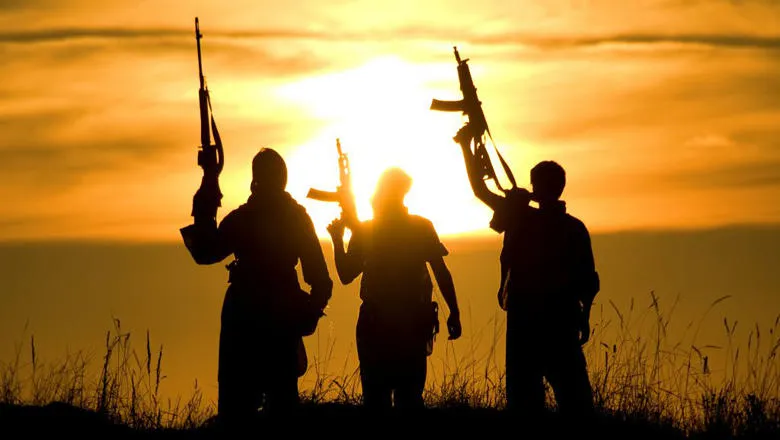Globally, far fewer attacks associated with IS took place in 2018 and 2019 than in previous years. In Libya, however, IS continues to pose a threat.
Inga Trauthig
29 March 2021
Why Islamic State militants remain a threat in war-torn Libya
A new report has warned that while the Islamic State in Libya is weak and fragmented, the continuing instability in the war-torn country may yet open the door for its resurgence.

In a report for the International Centre for the Study of Radicalisation, Inga Trauthig says the militant group had been “relatively weak” in recent years and had withered since its rapid expansion in Libya in 2015 and 2016.
However, Trauthig, a member of the Institute of Middle Eastern Studies at King’s, says Libya’s proximity to Europe and the ongoing political turmoil in the north African state meant significant pull factors remained that could be exploited by Islamic State (IS) members.
In her report, PhD candidate Trauthig says: “Local characteristics have curbed IS’s expansion in Libya. Libyans had been influenced ideologically in a particular way before and after 2011 and IS did not grasp these local idiosyncrasies and grievances adequately.
“Still, with no unifying, effective Libyan government and a susceptible lack of reliable law enforcement in most parts of the country, the militia heads often offer at least some sort of order, tailoring themselves towards a national audience and to outside powers.”
The nucleus of the IS movement in Libya emerged in the years after the fall of Muammar Gaddafi in 2011, with would-be militants making use of existing Salafi-jihadi networks to establish their power.
Though conflict with local militias and jihadi groups meant IS was driven out of power bases such as Derna and Sirte, Trauthig notes that: “IS in Libya benefitted from the fact that the vast country offered territories that were barely monitored or even governed by any authority, thus allowing it to create training camps. This infrastructure enabled the group to attack and establish cells across Libya”.
In more recent times, and since the fall of IS in Syria and Iraq, militants have been “chased around the country” by governing forces but a steady flow of migrants coming to Libya in an effort to cross the Mediterranean Sea has presented opportunities for militants to continue recruiting and, indeed, work with human traffickers to exploit desperate people.
Trauthig, a member of the Department of War Studies at King's, added: “Globally, far fewer attacks associated with IS took place in 2018 and 2019 than in previous years. In Libya, however, IS continues to pose a threat. While the overall number of its fighters may have decreased, IS continues to hold a presence in the country, exploiting the vast territorial size and internal fissures.
“However, IS in Libya is – like any other actor in Libya – affected by local developments as well as foreign interventions.”
You can read the report in full here.

